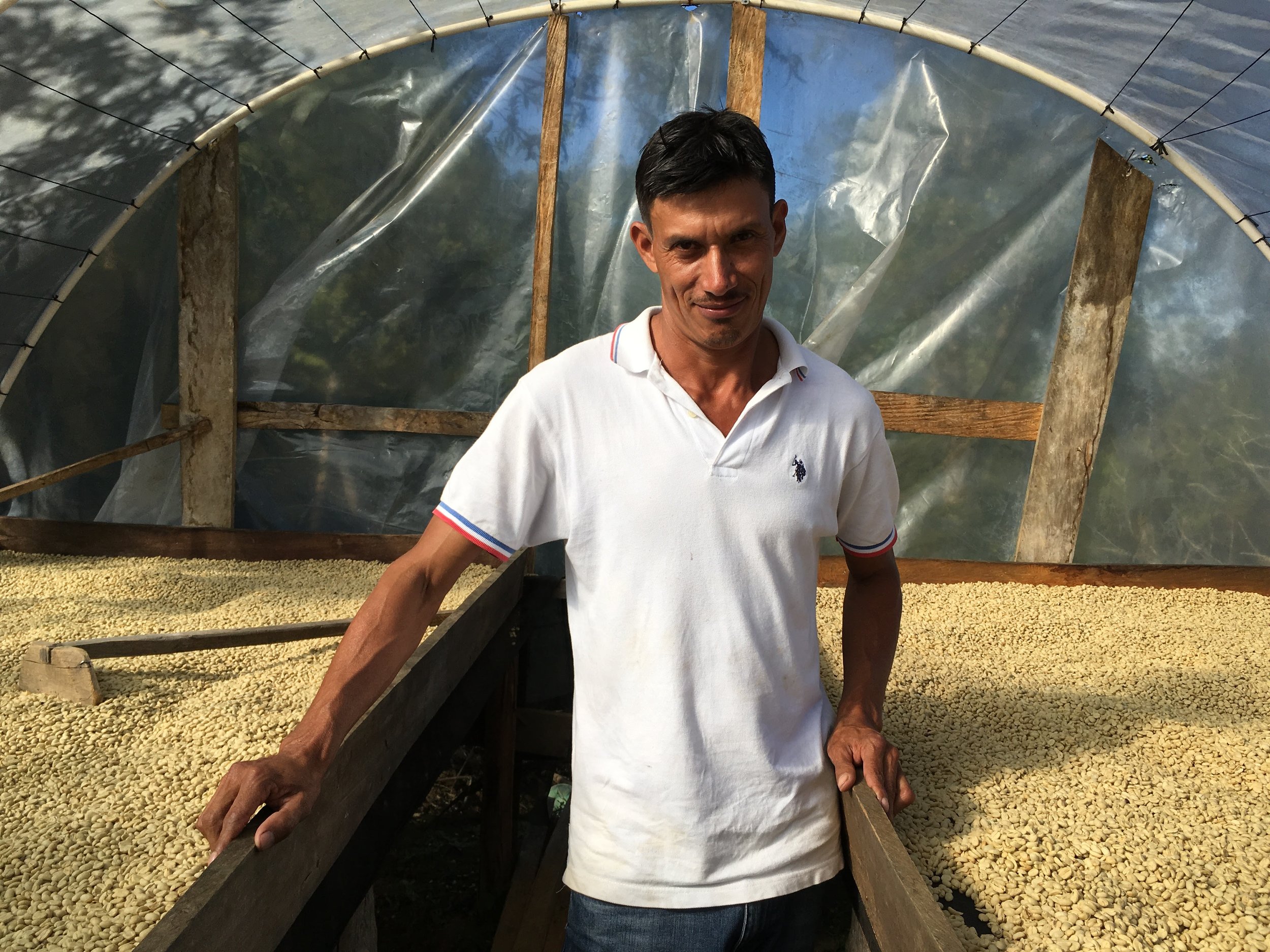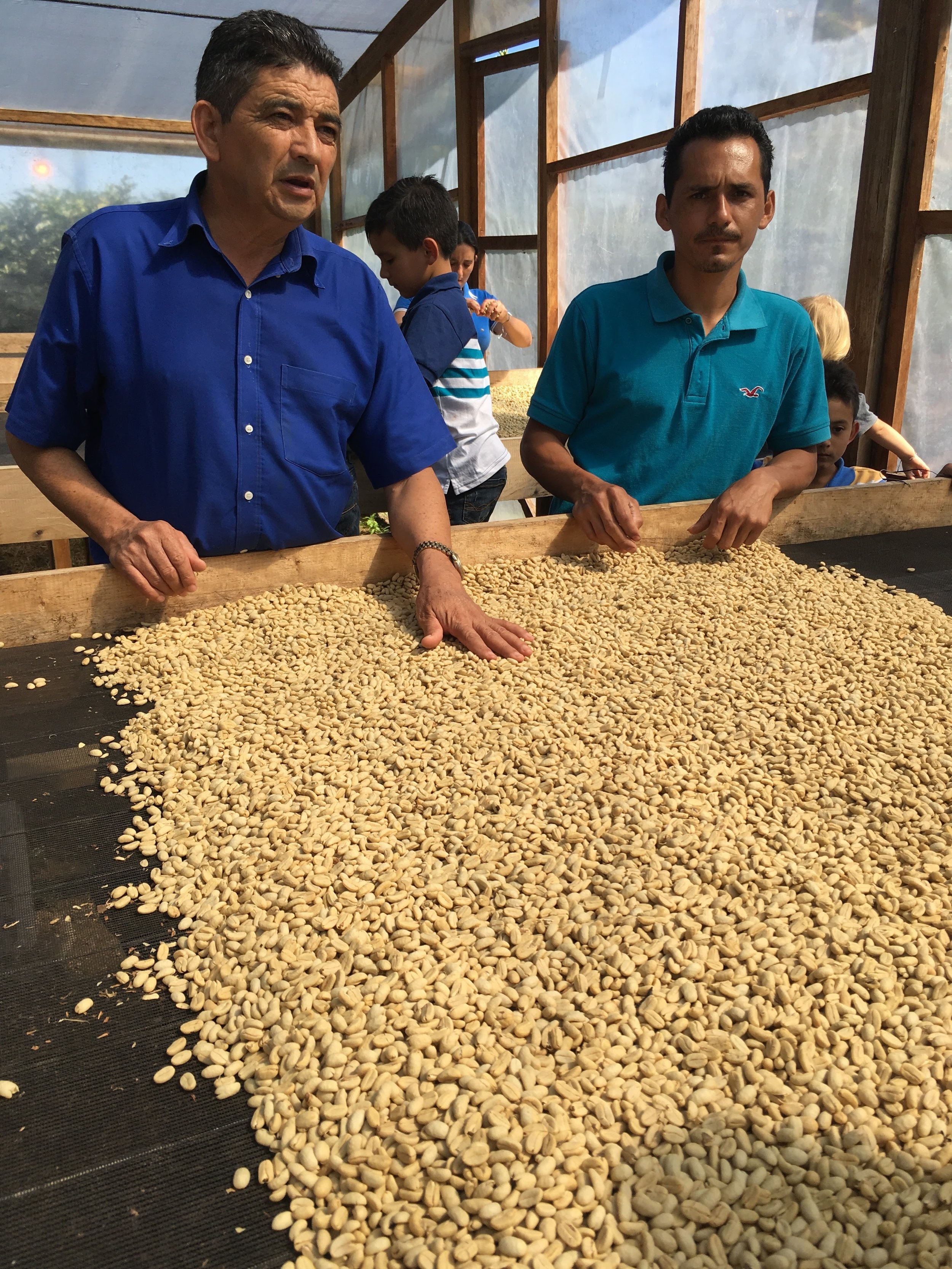This week Matt Hassell, Global Buyer, QC & Sample Management for Collaborative Coffee Source, and former roaster for George Howell Coffee, will answer your roast questions. Here's a question from Tom D, @ohthecommotion:
How much of the roasting process is "feel" and how much do you think can be taught? Can I follow a recipe and make a great roast or do I need to just do it for a while? #ccsQandA
— Tom D (@ohthecommotion) December 5, 2017
Matt's response:
This question is so excellent because the answer, for me, has changed dramatically in the last few years.
I think it goes without saying that any task or skill you learn requires a certain level of understanding to not only do it well, but to repeat those results. Lord knows roasting is all about repeating results.
When I first started, people were very nervous to share roasting tips and profiles. There was no Cropster to log, overlay and send roast profiles, or Ikawa sample roaster capable of transferring profiles through text message. There was no ‘Coffee Roaster’s Companion’. Information sharing was scarce. So, I had to rely on being ‘in tune’ with my machine.
The last few years have also brought a lot of scientifically backed research that allows us to understand how to manipulate a multitude of complex chemical reactions and achieve a sweeter, cleaner cup. There are a lot of tools and resources being introduced that help aide in this process. There seems to be a lot more of a science-feel towards roasting than what there used to be.
But, that isn’t to say we’ve progressed to the point where we can just build a recipe for roasting. There are too many variables that are different. Perception of what is “good”, roasting environments (roasting in New England with the weather changes, not fun), and roasting machines themselves (Loring vs. Probat, different location of thermocouple, thickness of thermocouple, etc, etc…) Roasters must be in tune with their machine and have the ‘feel’, that will come with (a lot) of time. But, a good foundation is built on knowledge and understanding.
Matt will be answering your Twitter roast questions until Dec 12, 2017. Post your questions on Twitter to @collaborativeCS and use the hashtag #ccsQandA.

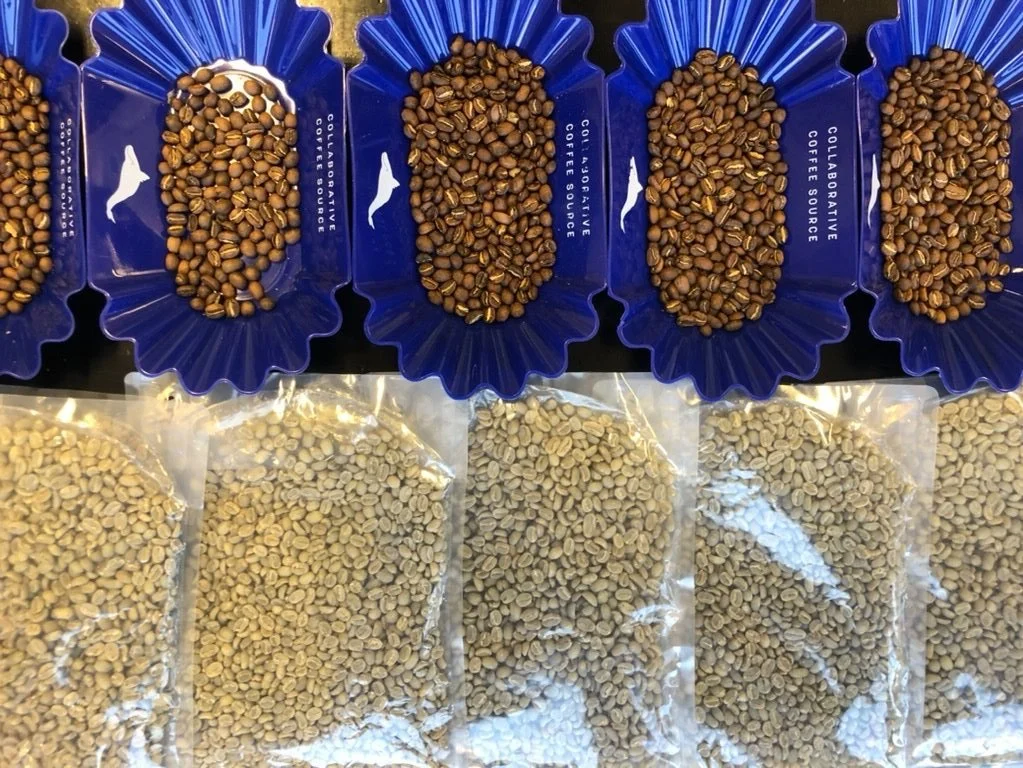


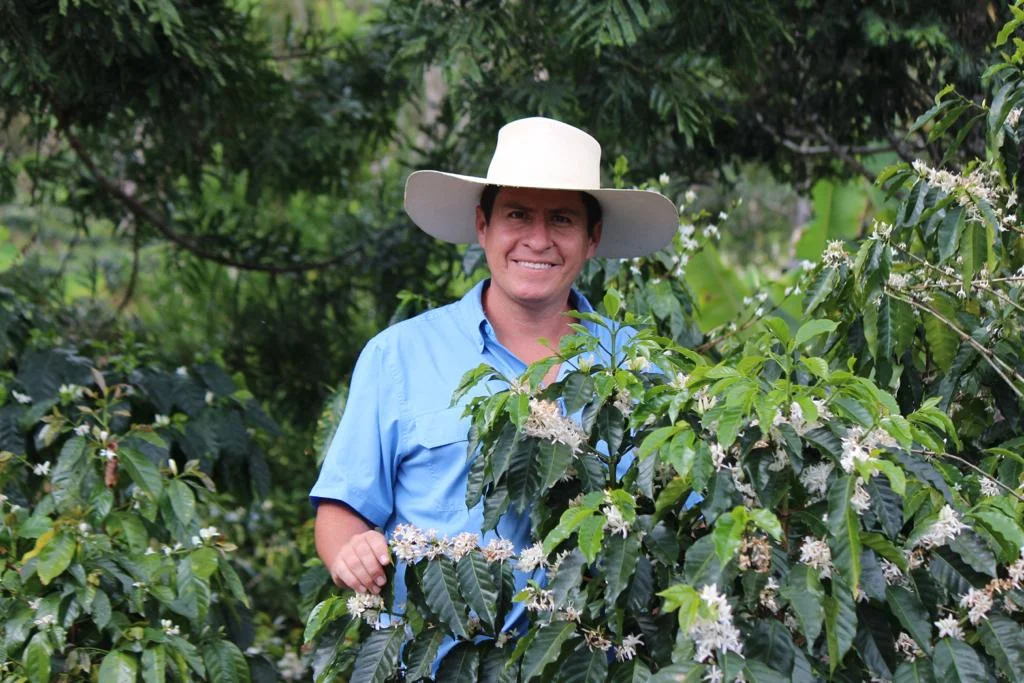





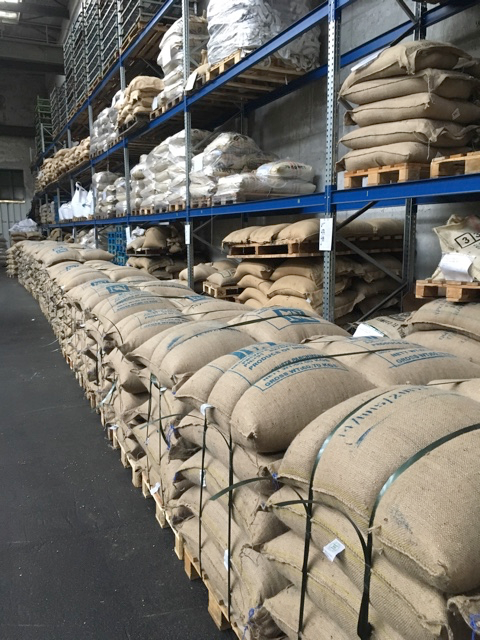
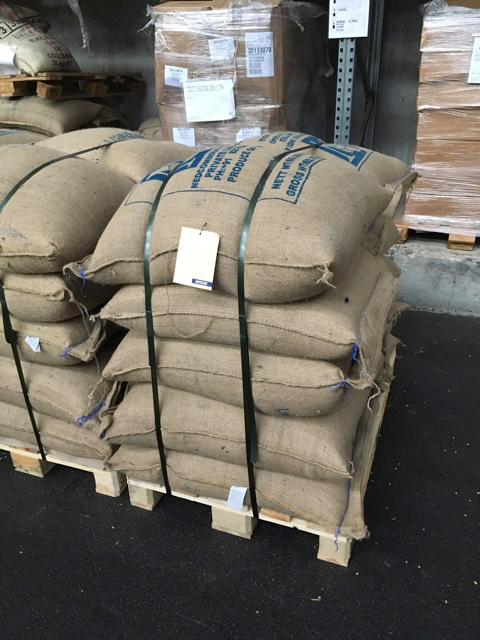
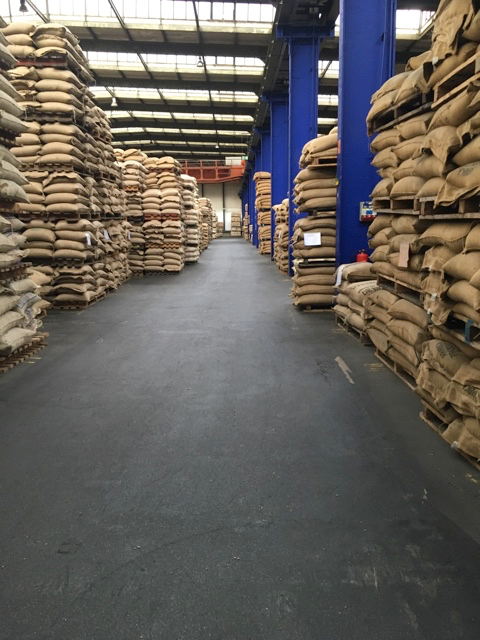
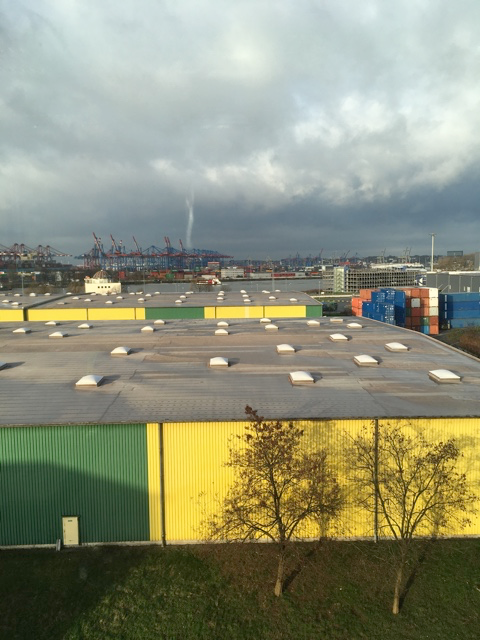
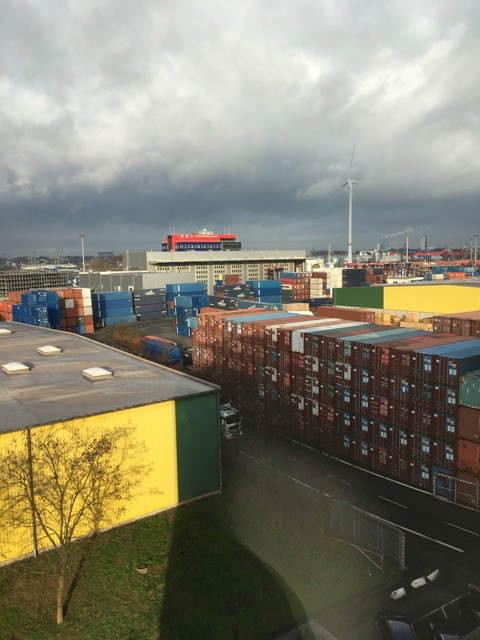








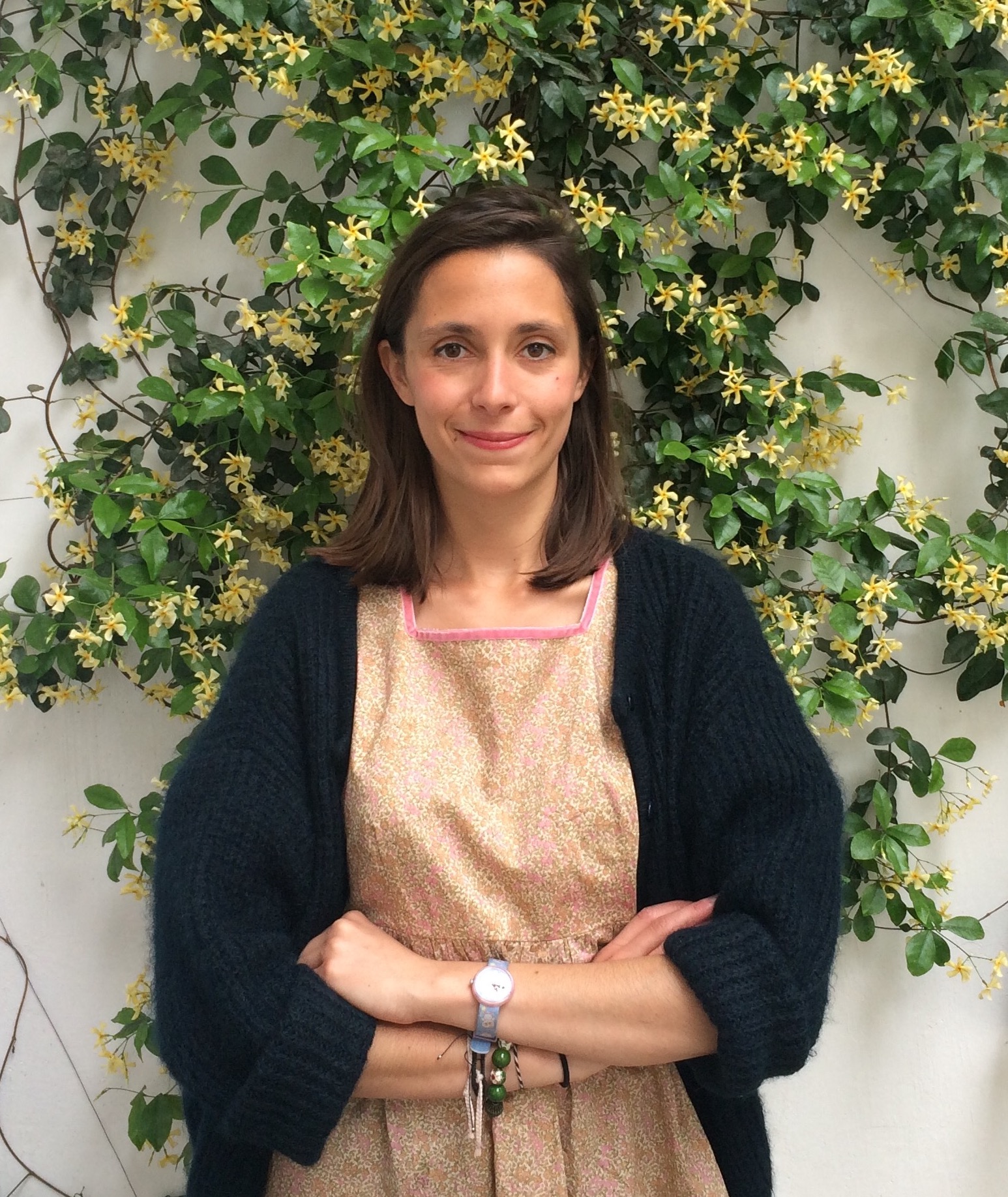 The Collaborative Coffee Source continues to grow with Charlotte Dourneau joining our business development team! Welcome Charlotte.
The Collaborative Coffee Source continues to grow with Charlotte Dourneau joining our business development team! Welcome Charlotte.




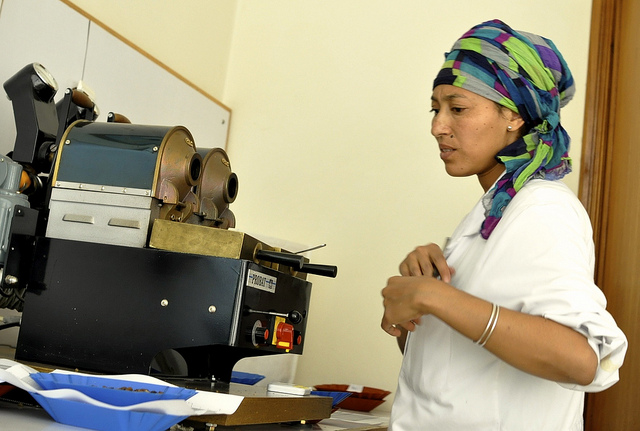

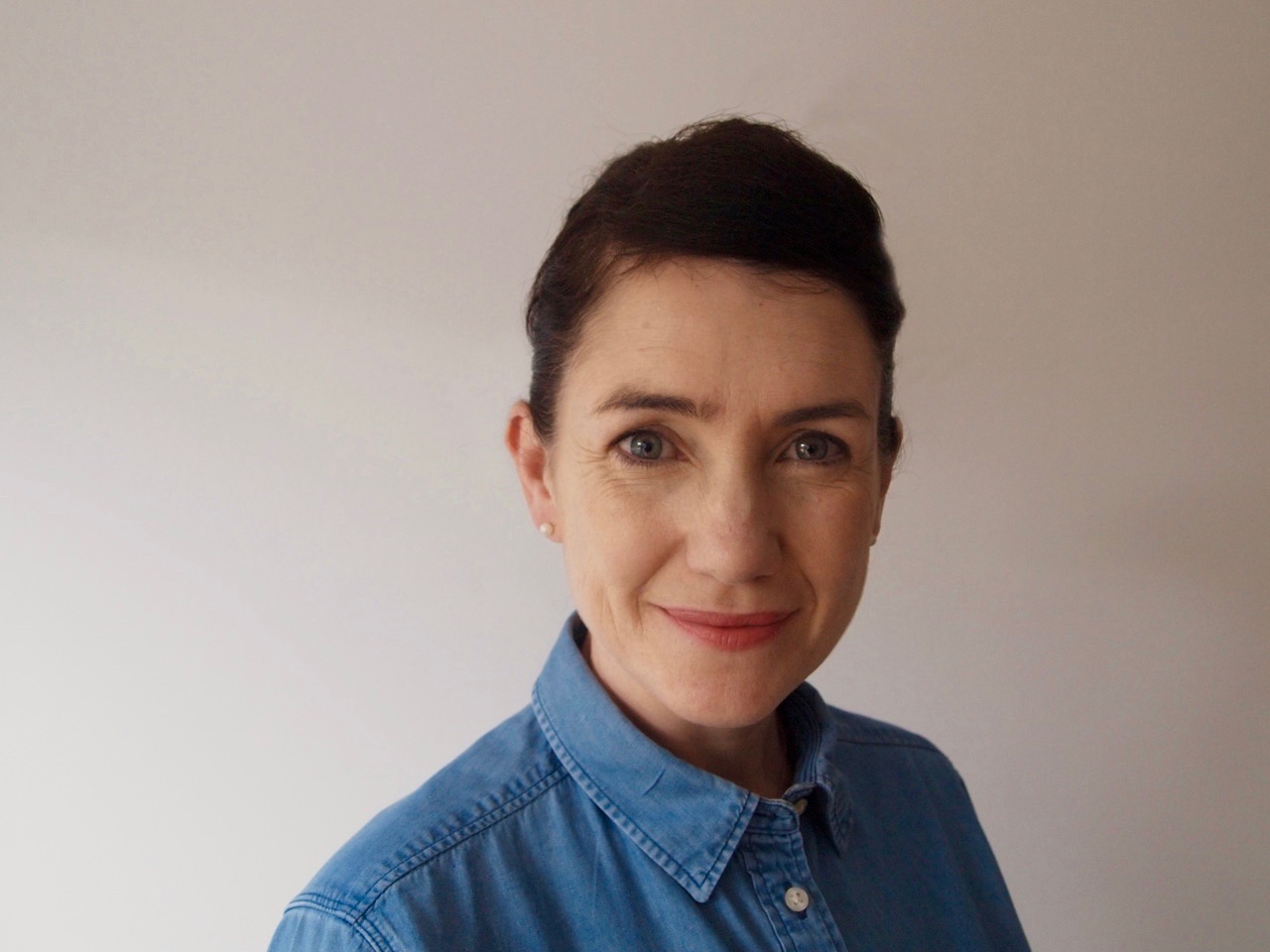 With the recent additions to the sales side of our team, we're balancing things out in our communications team by announcing the addition of Suzie Hoban, who will be joining us at our HQ in Oslo. Welcome, Suzie!
With the recent additions to the sales side of our team, we're balancing things out in our communications team by announcing the addition of Suzie Hoban, who will be joining us at our HQ in Oslo. Welcome, Suzie!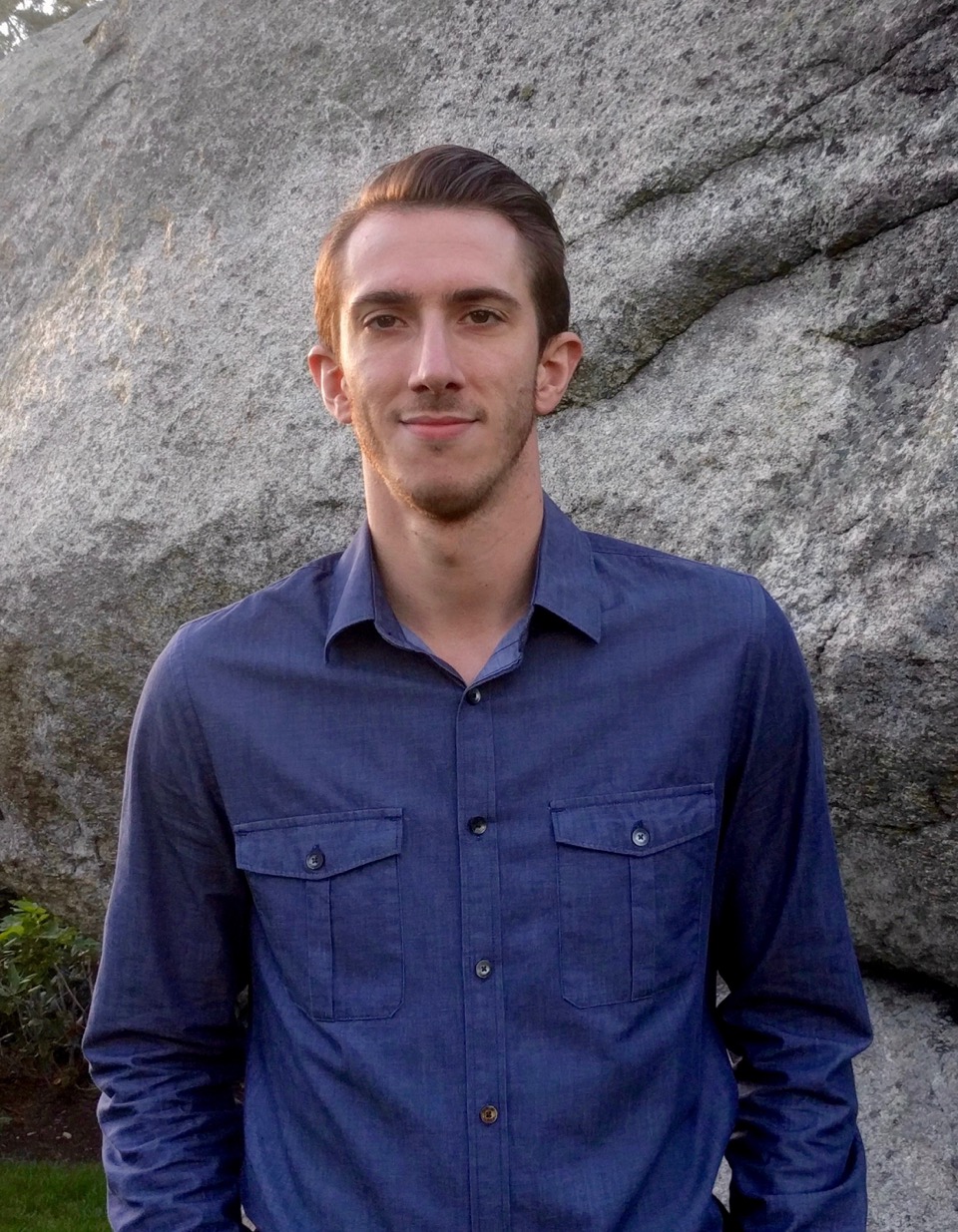

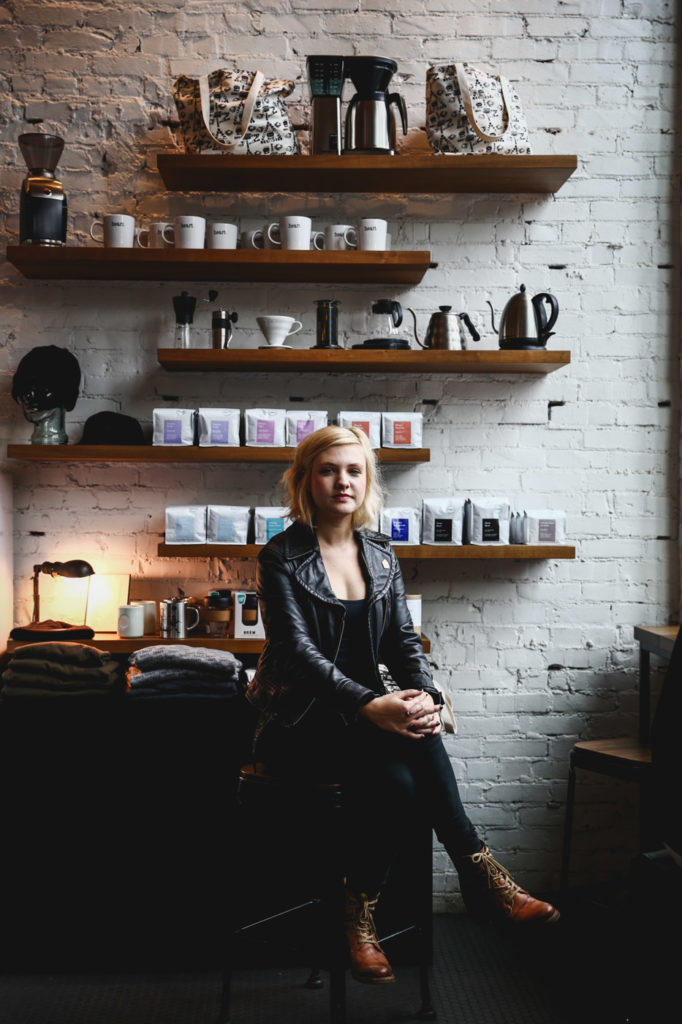 We'd like to introduce you to the newest member to CCS, Colleen King. Welcome, Colleen!
We'd like to introduce you to the newest member to CCS, Colleen King. Welcome, Colleen!